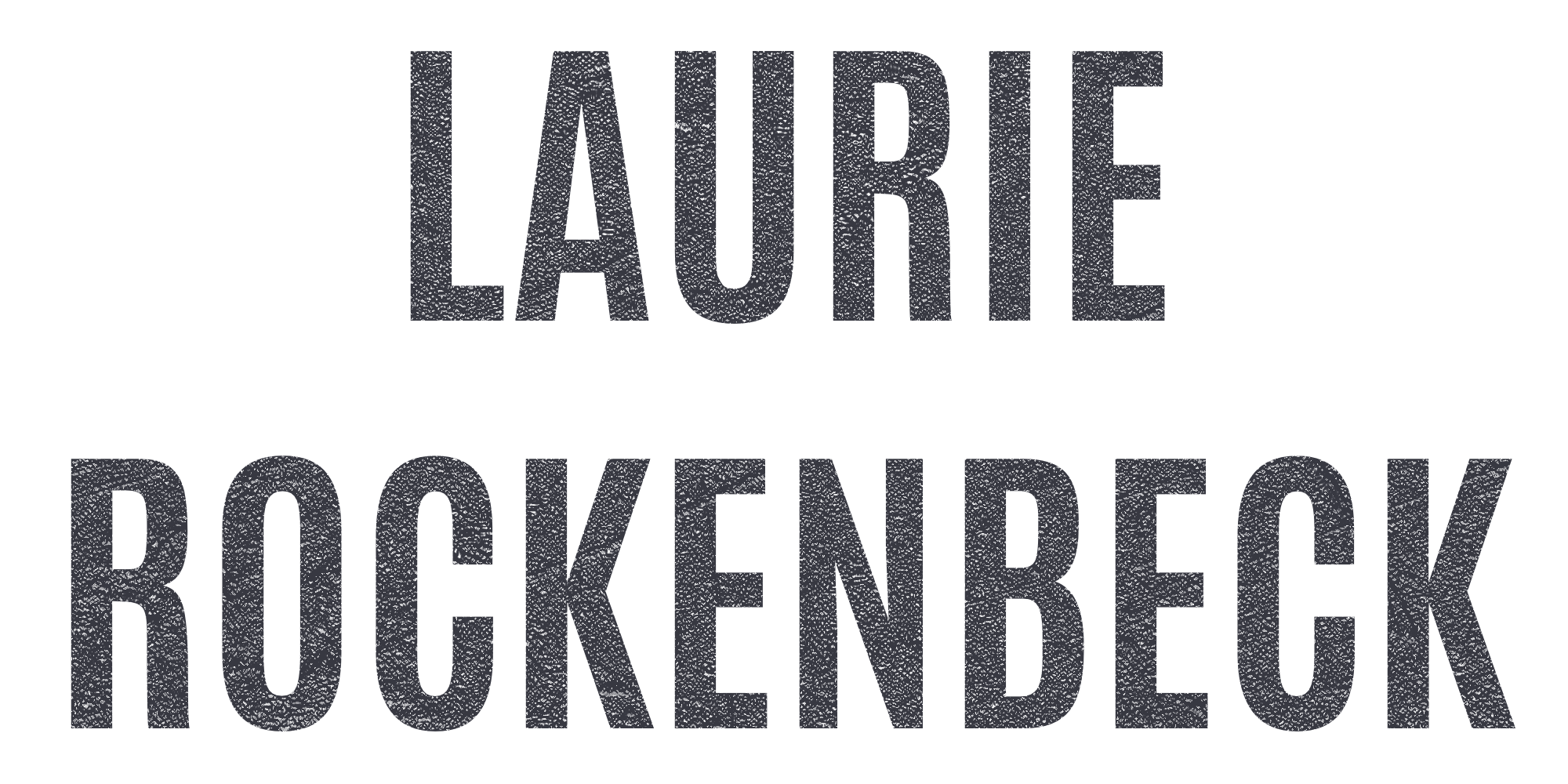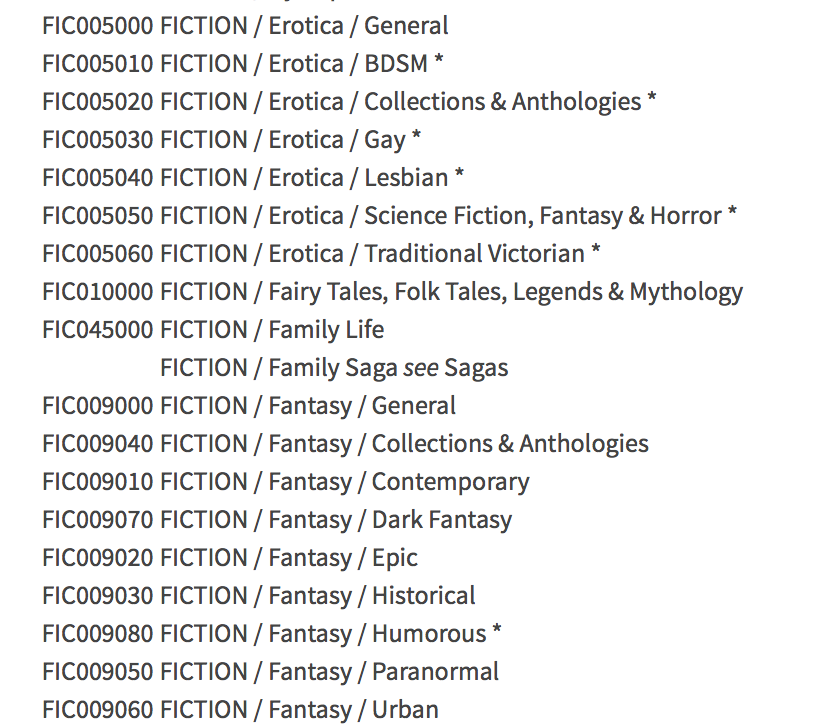I recently worked with a friend to co-edit and publish an anthology of erotic vampire stories. The collection includes some gay, some lesbian, some straight, some BDSM, and even one science fiction story. Given they are all about vampires, most of which suck blood or psychic ju-ju, they all border on horror.
If you’re at all observant, you might have noticed the picture to the left. These are the categories publishers use as defined by the book industry study group. When we went to publish the book, we were given space to choose three categories. (I’ve included both erotica and fantasy categories, but the link to the group will show all categories–click on fiction for all fiction etc.) Technically speaking, we could easily have chosen six categories for this anthology.
We chose to publish via Ingram Sparks, a distributor of books all over the world, rather than via Amazon. Amazon is hated–and I mean HATED–by most brick and mortar stores, and we wanted to make sure this little anthology was available in small independent stores. This is how it works. The publisher logs onto IngramSpark and adds a new title. They put in the ISBN, which they’ve purchased from a service. Then, they choose the categories and add in a bunch of key words to help readers with their searches. Basically, the publisher adds data to a database. They upload the documents for the book–cover, PDF, epub files etc. Then, retailers databases ‘talk’ to the distributor’s databases and computer magic happens and the book appears for sale all over the internet–Amazon, Kobo, Barnes and Noble, etc. Unfortunately, not all magic is magical. Databases talking to other databases don’t always match up field for field and nothing is 100% automated. We still had to call Amazon directly for them to link the kindle version with the print version. Barnes and Noble managed to link the two versions automatically, but they got other metadata wrong because they pulled data from the wrong fields.
The bigger problem is, you can’t add categories or tweak them. We were stuck with the categories shown in the image. So, while there are several gay stories in our anthology, they aren’t ALL gay. And while there is one alien story in the book, it’s not a collection of science fiction. We could have just left it at “collections and anthologies” but we wanted to let readers know, somehow, there are more than just heterosexual interactions in the book. Our back cover, the description for the book, ended up being the only way we could inform readers of what they’d find inside.
As authors, we get asked this question by agents and editors all the time: “Where would your book go on the shelf?” Now I FINALLY understand why. They want to visualize our books as part of the industry standards–the categories they know and understand. If they can’t click on one of the topics off that list, they don’t know how to sell our work. The category list is a lot smaller than you think it is. Genre-benders almost always get turned down by agents because they can’t quite figure out which category to use that will sell the most books. If it doesn’t fit into the list as they know it, they won’t want to rep or buy your book.
So, here’s the take away for writers. If you have a book you want to sell, study the list. Figure out which three categories you would choose to best describe your book and use the top category in your pitches. You can do this even with cross-genre work by going with the strongest element of your novel.


Recent Comments